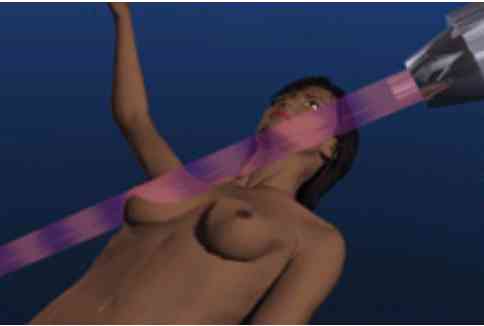 |
Risk of Local Relapse (Recurrence in the Breast) After Lumpectomy The risk of the tumor growing back
in the breast is relatively small (but is higher in
young women, women with
DCIS, close margins, if the radiation is not given or if a boost is not included, see
sections on boost field,
margins #1 and margins #2) More
recent studies show a lower risk of local relapse (see here)
particularly if chemotherapy is used (see here.) See section
on lumpectomy without radiation (here.) |